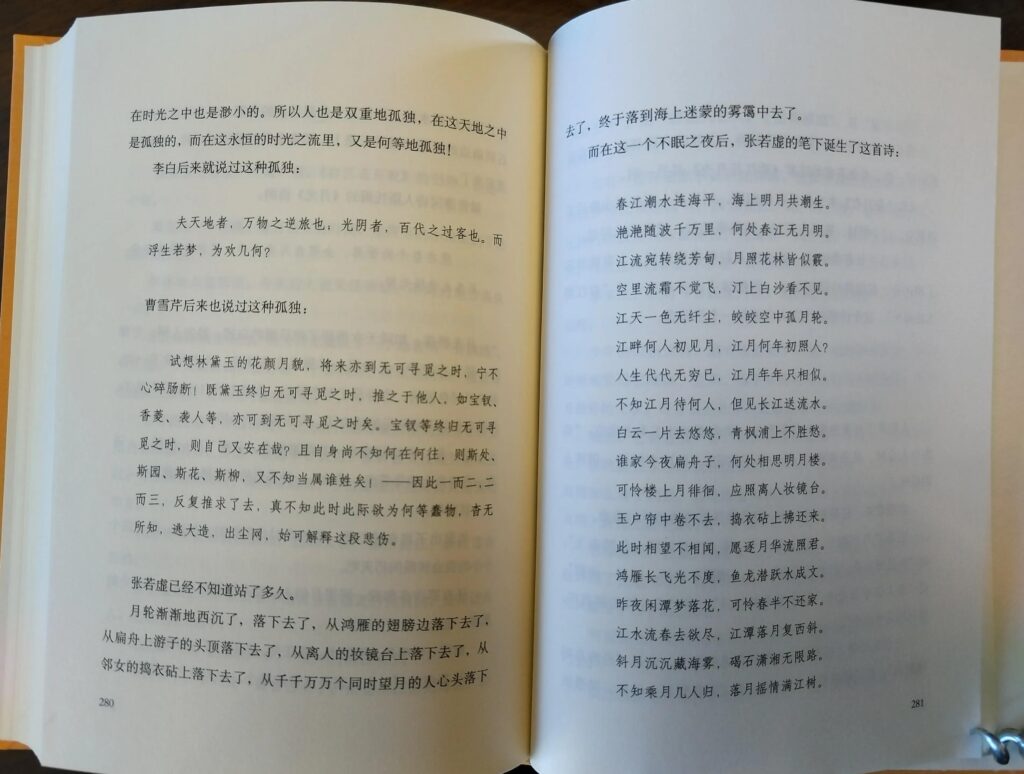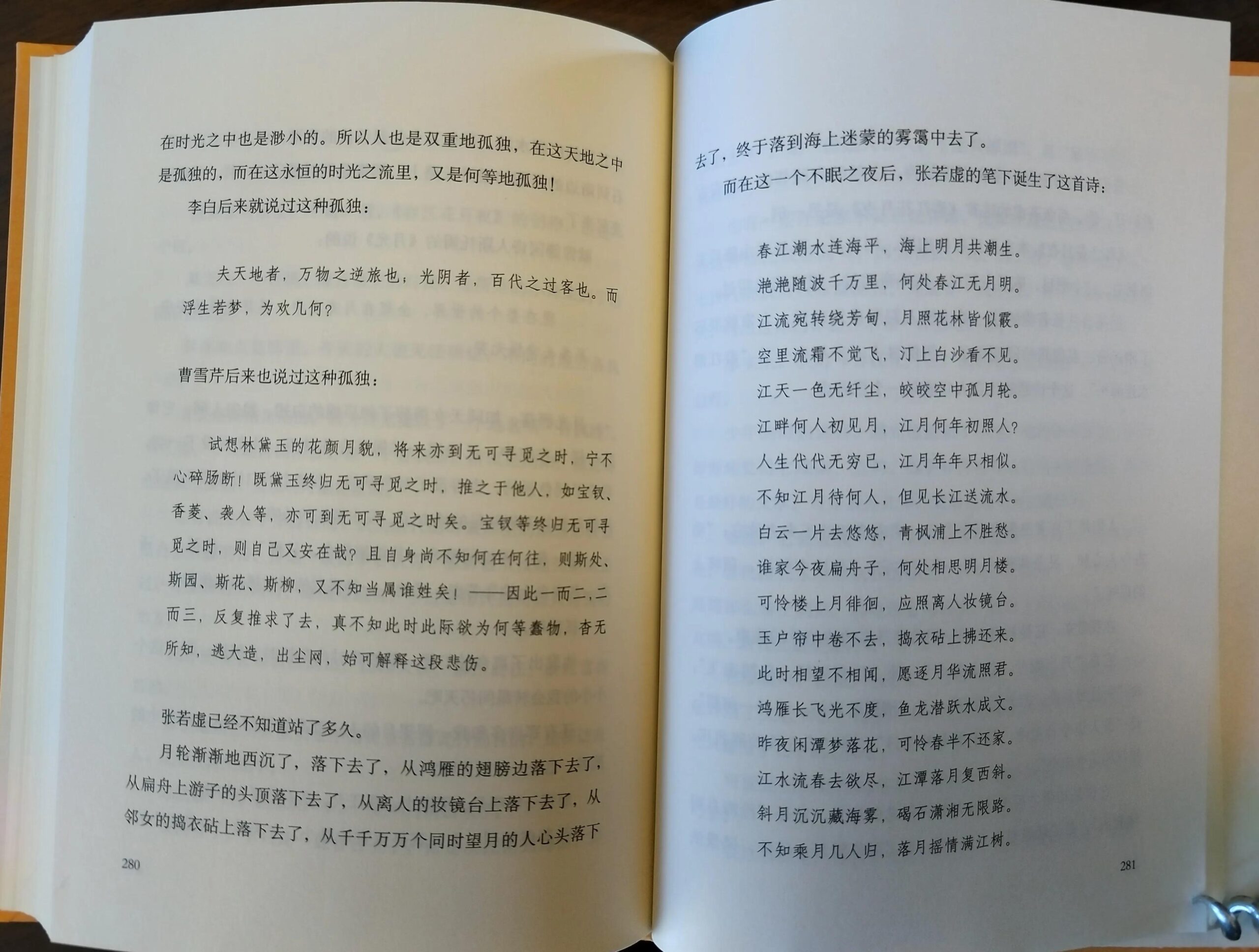
Unveiling the Timeless Beauty: Exploring the Book of Tang Poetry
The Book of Tang Poetry, a cornerstone of classical Chinese literature, offers a profound glimpse into the cultural, social, and emotional landscape of the Tang Dynasty (618-907 AD). This era, often considered the golden age of Chinese poetry, produced some of the most celebrated and enduring verses in the language. Exploring the Book of Tang Poetry is not merely an academic exercise; it’s an immersion into a world of vivid imagery, poignant emotions, and philosophical reflections.
This article delves into the significance of the Book of Tang Poetry, examining its historical context, key themes, prominent poets, and lasting influence. We will explore why these poems continue to resonate with readers centuries later, offering insights into the human condition that transcend time and culture. Understanding the nuances of the Book of Tang Poetry requires an appreciation for its linguistic artistry and its deep connection to the historical and philosophical currents of the Tang Dynasty.
Historical Context: The Tang Dynasty – A Golden Age
The Tang Dynasty was a period of unprecedented prosperity, cultural flourishing, and territorial expansion in Chinese history. The empire’s capital, Chang’an (modern-day Xi’an), became a cosmopolitan center, attracting merchants, scholars, and artists from across Asia and beyond. This vibrant atmosphere fostered a rich literary culture, with poetry playing a central role in court life, social gatherings, and personal expression. The imperial examination system, which emphasized literary skills, further incentivized the creation and appreciation of poetry. The Book of Tang Poetry reflects this environment, showcasing the sophisticated aesthetic sensibilities and intellectual pursuits of the era.
The dynasty’s patronage of the arts created an environment where poets were highly valued and supported, leading to an explosion of creativity. Many served in government positions, allowing them to observe and comment on the political and social realities of their time. This connection between poetry and public life is a defining characteristic of the Book of Tang Poetry.
Key Themes and Motifs in Tang Poetry
The Book of Tang Poetry explores a wide range of themes, reflecting the diverse experiences and perspectives of the poets. Some of the most prominent themes include:
- Nature: Tang poets were deeply attuned to the natural world, finding inspiration in landscapes, seasons, and the cycles of life. Poems often feature vivid descriptions of mountains, rivers, forests, and flowers, using nature as a metaphor for human emotions and philosophical concepts.
- Friendship and Parting: The importance of friendship and the pain of separation were recurring themes in Tang poetry. Many poems express deep affection for friends and lament the inevitable partings that life brings. These poems often evoke a sense of longing and nostalgia.
- Political Commentary: While overt criticism of the government was risky, many Tang poets subtly incorporated political commentary into their works. They might use allegories or historical references to express their views on issues such as corruption, social injustice, and the burdens of war.
- Loneliness and Isolation: The experience of loneliness and isolation was a common theme, particularly for poets who were exiled or failed to achieve their ambitions. These poems often express a sense of alienation and a yearning for connection.
- The Passage of Time: The fleeting nature of time and the inevitability of aging were frequent subjects of reflection. Poets often contemplate the impermanence of life and the importance of living in the present moment.
Prominent Poets of the Tang Dynasty
The Book of Tang Poetry features the works of numerous talented poets, each with their unique style and perspective. Some of the most celebrated include:
- Li Bai (Li Po): Known for his romantic and imaginative style, Li Bai (701-762 AD) is considered one of the greatest poets in Chinese history. His poems often celebrate nature, friendship, and the joy of life. He was a Daoist and many of his poems reflect a carefree and unconventional spirit.
- Du Fu (Tu Fu): Du Fu (712-770 AD) is often regarded as the “poet historian” due to his realistic and socially conscious verses. His poems depict the hardships of war, the suffering of the common people, and the political turmoil of his time. He is known for his technical skill and his ability to convey profound emotions.
- Wang Wei: A painter, poet, and musician, Wang Wei (699-761 AD) was a master of landscape poetry. His poems often blend visual imagery with philosophical insights, creating a sense of tranquility and harmony. He was a devout Buddhist and his poems reflect his spiritual beliefs.
- Meng Haoran: Meng Haoran (689 or 691 – 740 AD) was known for his naturalistic and unadorned style. His poems often depict the simple pleasures of rural life and the beauty of the natural world. He was a recluse for much of his life, preferring the solitude of the countryside to the bustle of the city.
- Bai Juyi: Bai Juyi (772-846 AD) was a popular poet known for his accessible and straightforward style. His poems often address social issues and express sympathy for the poor and oppressed. He believed that poetry should be easily understood by everyone.
The Enduring Influence of the Book of Tang Poetry
The Book of Tang Poetry has had a profound and lasting influence on Chinese literature and culture. Its poems continue to be studied, recited, and admired by people of all ages. They have inspired countless artists, writers, and musicians, and their themes and motifs continue to resonate in contemporary works. The Book of Tang Poetry provides valuable insights into the values, beliefs, and experiences of the people who lived during the Tang Dynasty. It offers a window into a world of beauty, wisdom, and profound human connection.
The influence extends beyond China, with translations of the Book of Tang Poetry making its verses accessible to readers worldwide. The universal themes of love, loss, nature, and the human condition ensure its continued relevance and appeal. The study of the Book of Tang Poetry also offers a valuable perspective on the development of Chinese language and literary traditions.
Furthermore, the poems within the Book of Tang Poetry are frequently used in calligraphy and painting, further solidifying their place in Chinese artistic expression. The act of writing out a Tang poem can be considered a form of meditation and a way to connect with the past.
Analyzing a Tang Poem: An Example
Let’s examine a short poem by Wang Wei to illustrate the beauty and depth of Tang poetry:
鹿柴 (Lùzhài) – Deer Enclosure
空山不見人, (Kōng shān bù jiàn rén,) – Empty mountain, no one to be seen,
但聞人語響。 (Dàn wén rén yǔ xiǎng.) – Only hear human voices echo.
返景入深林, (Fǎn jǐng rù shēn lín,) – Reflected sunlight enters the deep wood,
復照青苔上。 (Fù zhào qīng tái shàng.) – And shines again on the green moss.
This seemingly simple poem captures the essence of tranquility and solitude. The imagery of the empty mountain and echoing voices creates a sense of vastness and mystery. The reflected sunlight illuminating the green moss adds a touch of beauty and serenity. The poem invites the reader to contemplate the relationship between nature and humanity, and to find peace in the quiet contemplation of the natural world. This is typical of the evocative and concise style found throughout the Book of Tang Poetry.
The Book of Tang Poetry: A Gateway to Understanding Chinese Culture
Studying the Book of Tang Poetry is more than just reading poems; it’s a journey into the heart of Chinese culture. These poems offer insights into the values, beliefs, and social customs of the Tang Dynasty. They reveal the importance of family, friendship, and loyalty, as well as the appreciation for beauty, harmony, and intellectual pursuits. The Book of Tang Poetry serves as a bridge between the past and the present, connecting us to a rich and vibrant cultural heritage.
The enduring popularity of the Book of Tang Poetry is a testament to its timeless appeal. Its poems continue to inspire, challenge, and move readers around the world. By exploring these verses, we can gain a deeper understanding of ourselves, our place in the world, and the enduring power of art to transcend time and culture. Delving into the Book of Tang Poetry is an enriching experience for anyone interested in literature, history, or the human condition. It offers a profound glimpse into the soul of China and the universal themes that connect us all. The impact of the Book of Tang Poetry on subsequent generations of poets is undeniable.
The Book of Tang Poetry represents a pinnacle of artistic achievement. Its verses are a testament to the power of language to capture the beauty, complexity, and poignancy of human experience. Continuing to explore this important collection will ensure that its legacy endures for generations to come. [See also: Chinese Literature: An Overview] [See also: The Importance of Classical Poetry] [See also: Famous Chinese Poets and Their Works]

